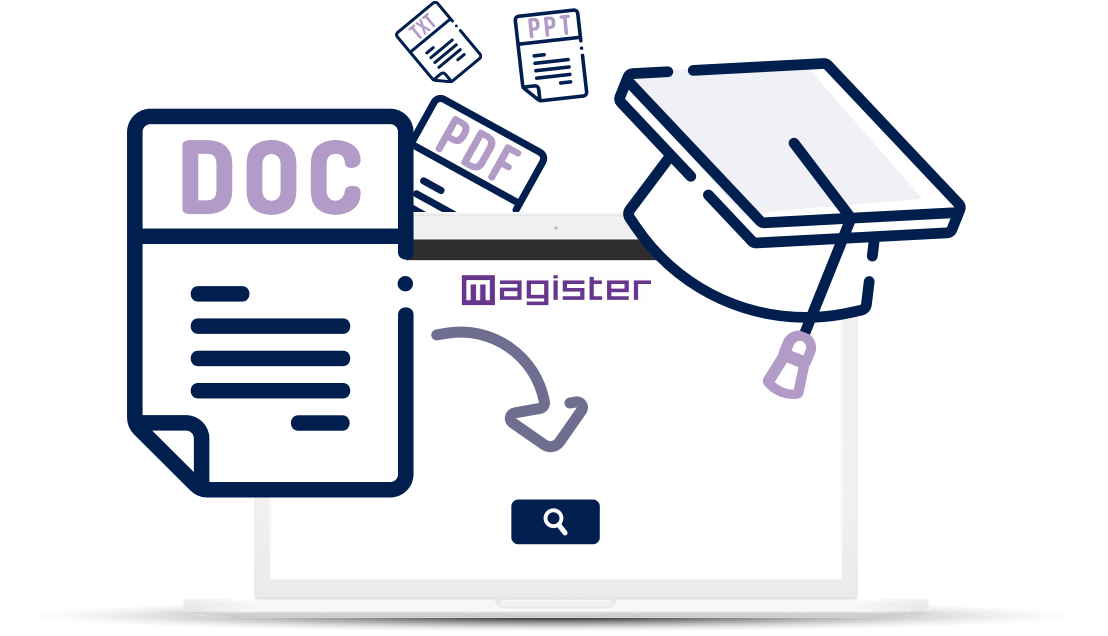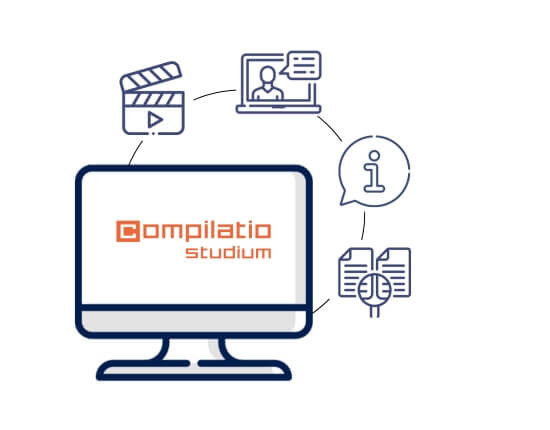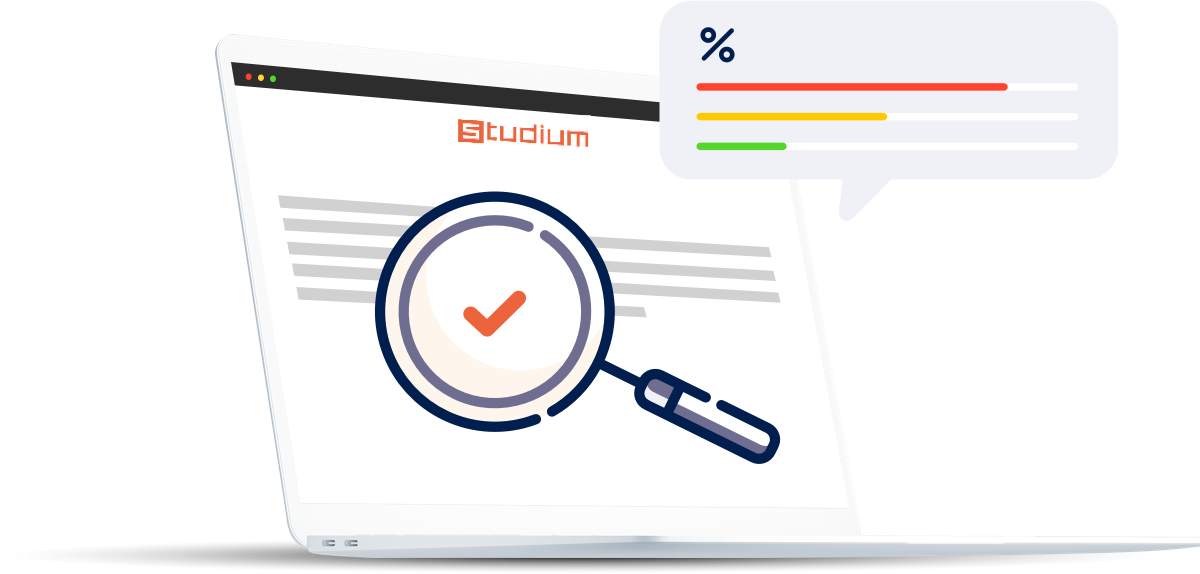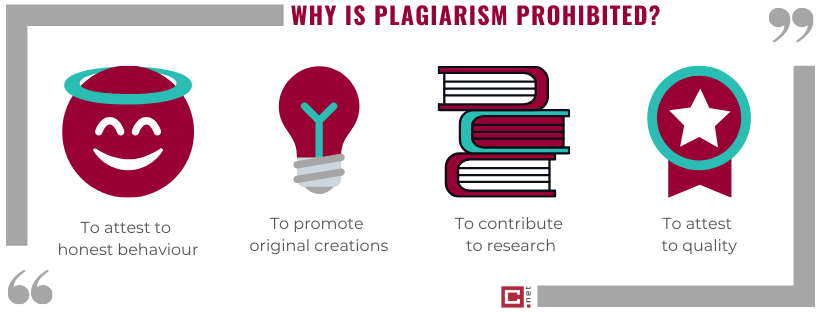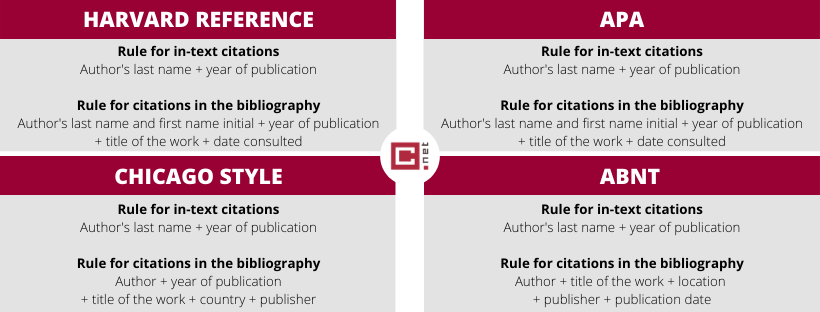Agatha is in her second year of engineering school. Her teachers regularly ask her to work in groups and submit a research report. A few days before the final submission, the other students on the team realise that she has not cited all the sources used in her document-based research. Specifically, she did not indicate the authors for ideas that were used. As such, they think the best solution is to modify the copied-and-pasted passages by changing the words a little. After doing this, they need to prevent the teacher from noticing similarities between their paper and passages that can be found online, to avoid disciplinary action. They decide to implement a method of cheating that bypasses the plagiarism detection software used by teachers.
Summary:


